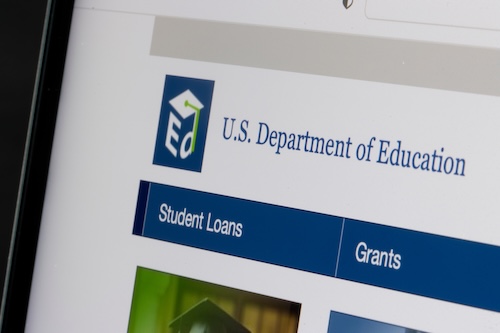Dive Brief:
- Facilitron is rolling out what it says is the first U.S. governance standard for community use of public school facilities, the digital facilities rental platform said Sept. 10.
- The California-based company will debut the framework in San Diego this November at Facilitron University, its annual conference for school district leaders and facility managers.
- The standard aims to align school facility use with districts’ mission and strategy, reduce legal risk, improve consistency and transparency across district operations, and ensure equitable access for community members and groups, the company says.
Dive Insight:
Facilitron provides facility rental and management support for some of the largest school districts in the U.S., including Florida’s Broward County Public Schools, Nevada’s Clark County School District and California’s San Diego Unified School District.
That broad reach helped the company design a governance framework that goes beyond school boards’ existing model policies to encompass administrative regulations, site manuals, renter terms and audit tools, the company says. It draws on data from more than 15,000 schools, many of which have outdated, inconsistent and unenforceable facility-use policies, “exposing where current systems fail,” according to the company.
“Every district on our platform has a data trail that tells a story,” Facilitron Chief Marketing Officer Trent Allen said in an email. “Even when data is missing — because poor policy and enforcement means a lot of facility use never gets documented — you can still see the problems, like a black hole bending light in its direction.”
Allen said many of those problems have a financial dimension. For example, many districts offer automatic subsidies for registered nonprofits, regardless of the actual public benefit the organization provides — so a national nonprofit with high participation fees gets effectively the same treatment as a grassroots group with a much smaller budget, Allen said.
Districts’ facility-use policies — and the state statutes enabling them — leave money on the table in other ways, like sweetheart deals for school employees, rates that remain static for years, and ambiguous language that discourages districts from tapping their facilities’ full value.
As an example, Allen said, some Tennessee districts interpret a vaguely worded state statute prohibiting “private profit” in school facility use to mean that only nonprofit organizations can rent them, creating a situation where “essentially every use becomes a subsidized use.” That leaves out the possibility that private companies could use the facilities for charitable or other purposes.
Additionally, many school boards give school administrators or facilities managers free rein to adjust or waive fees, or approve informal use outside the plain text of board policy, he said.
The upshot of all this, Allen added, is that larger districts forgo millions in potential revenue annually from facility rentals while creating conditions ripe for favoritism and inequity.
Once one group gets access under favorable terms, every similar group is usually given the same,” he said. “Suddenly the district is on the hook for hundreds of thousands of dollars. It quickly runs into the millions and it is never budgeted for.”
Facilitron says its national governance standard pushes back on the status quo by laying out detailed model school board policies and administrative regulations; a “modular policy toolkit” and site-level operations manual; a national terms and conditions template; and a “facility use audit framework,” which the company describes as “a diagnostic tool that reveals cost, risk and underperformance.”
The national governance standard also includes frequently asked questions, case studies and other resources for school boards.
“We require annual reporting, including an estimate of total subsidization. We make cost recovery the governing philosophy [and] move away from ‘nonprofit’ as the trigger for discounts, because that’s the wrong proxy for public benefit. And we separate policy into layers — board-level rules, administrative regulations, and site-level guidance — so principals aren’t left to invent their own rules,” Allen said.







